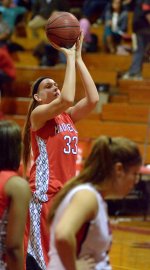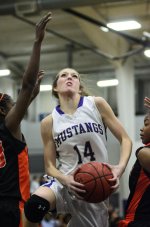I ask this question because i remember reading somewhere and i cant find it now that some of the ISO settings are derived by camera software adjusting from a set of base ISO speeds,if this is the case is ISO 100 the best on the D7000 for detail ie lack of noise,or is it adjusted down by the camera from some other setting.
The reason i ask is ime trying to move away from handheld,this in turn should allow me to go down from the 800/400 iso i use at the moment,if it stops raining today the plan is to go out and set 100 but will this be the best my camera has.
Thanks
The reason i ask is ime trying to move away from handheld,this in turn should allow me to go down from the 800/400 iso i use at the moment,if it stops raining today the plan is to go out and set 100 but will this be the best my camera has.
Thanks




